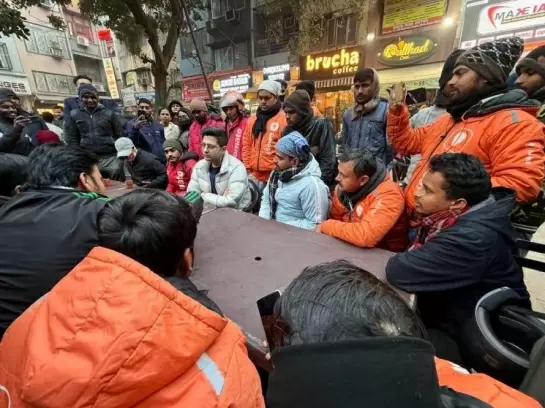Now for the next steps after rate cut (Column: Behind Infra Lines)
08-June-2019
rate cut is expected to provide a boost to the economy. Lower interest rates will help in providing support to the economy but are not the sole elixir that India needs. The focus must not be just on the immediate economic issues but on the broader target of implementing changes that have a long-lasting positive impact on the economy.
Two issues that merit significant attention are: (1) Further boosting liquidity and depth of the government bond futures market and (2) Consolidation of the public sector banks in India. Indian policymakers and the central bank need to start creating a roadmap for greater participation of investors to develop further liquidity in the government bond futures market in India. Further development of the market involves complicated intricacies such as a better market design that allows greater participation by a variety of investors including foreign ones. However, in the long-run the government bond futures market is indispensable to India's financial market development.
Issues such as illiquid mispriced loans, incorrect pricing of credit risk, and an over-dependence on bank loans versus corporate bonds have plagued the Indian credit markets. At a fundamental level, resolving these issues requires further improvement in the liquidity of the benchmark government bond future that can effectively form the base of the market. Solutions to tide over the current credit issues are critical, but it is imperative that structural problems in the credit markets are addressed.
The primary advantage of a liquid and deep government bond futures market with increased participation by both domestic and foreign investors will be the provision of liquidity to the benchmark government bond curve, which in turn will allow other fixed-income instruments to be priced as a spread to it. Building liquidity in the benchmark government bond curve, especially in the longer end of the curve is essential to creating robust lending markets in India.
Higher liquidity in the government bond futures market will allow the development of the long-end lending instruments so crucial to infrastructure investments in India. One of the primary reasons as to why long-term lending is challenging in India is the lack of liquid interest rate hedging instruments in the longer tenures. A more robust benchmark government bond market will also expedite the development of a liquid corporate bond market. This liquid corporate bond market with active price discovery is the vital base required for better pricing of credit risk by market players. Not creating structural changes leaves us exposed to repeating the mistakes of the past.
As is clearly illustrated, the greater focus on the government bond futures market will significantly assist in achieving the targets of greater long-term infrastructure, and more liquid corporate bond markets -- the two objectives that are high on the priority list. The consolidation in the Public Sector Banks (PSBs) through the mergers last year is another vital issue that the government needs to continue to focus on. A multitude of government-backed banks, all of which have similar roles has been one factor that has led to significant credit problems in the economy. A look at the list of creditors in the bankruptcy courts in India throws up a myriad of PSBs, all of which mostly have the same credit exposure. The PSBs should be aggregated to avoid situations whereby lending continues unabated even as the credit quality of the borrower declines. Bank mergers are not a simple and easy process but are a must towards ensuring that poor lending practices of the past are not repeated in the future.
That said, PSB mergers must always be done to create an organisation that is larger than the sum of the parts. For instance, regional synergies and diversity in the type of clients on the loan books (corporate versus retail) must all be considered to create larger, more successful PSBs. Time devoted to creating robust organisations is well worth the effort.
The changes regarding creating a more liquid and functional government bond futures market and larger PSBs are all long-term changes that will deliver returns in terms of a stronger financial foundation on which to build India's economic growth story. The government and the various stakeholders together would do well to start creating a roadmap for the efficient implementation of the much-needed changes. That said, patience will be of the essence to eventually deliver these changes. IANS
Delhi Metro officials brief CM Rekha Gupta on anti-smog guns, mist sprays to check pollution
Another Hindu man brutally attacked, set on fire in Bangladesh
Delhi Metro officials brief CM Rekha Gupta on anti-smog guns, mist sprays to check pollution
Pakistan: Sindhi leader urges UN to act on enforced disappearance of activists
this is a smpolke test data









